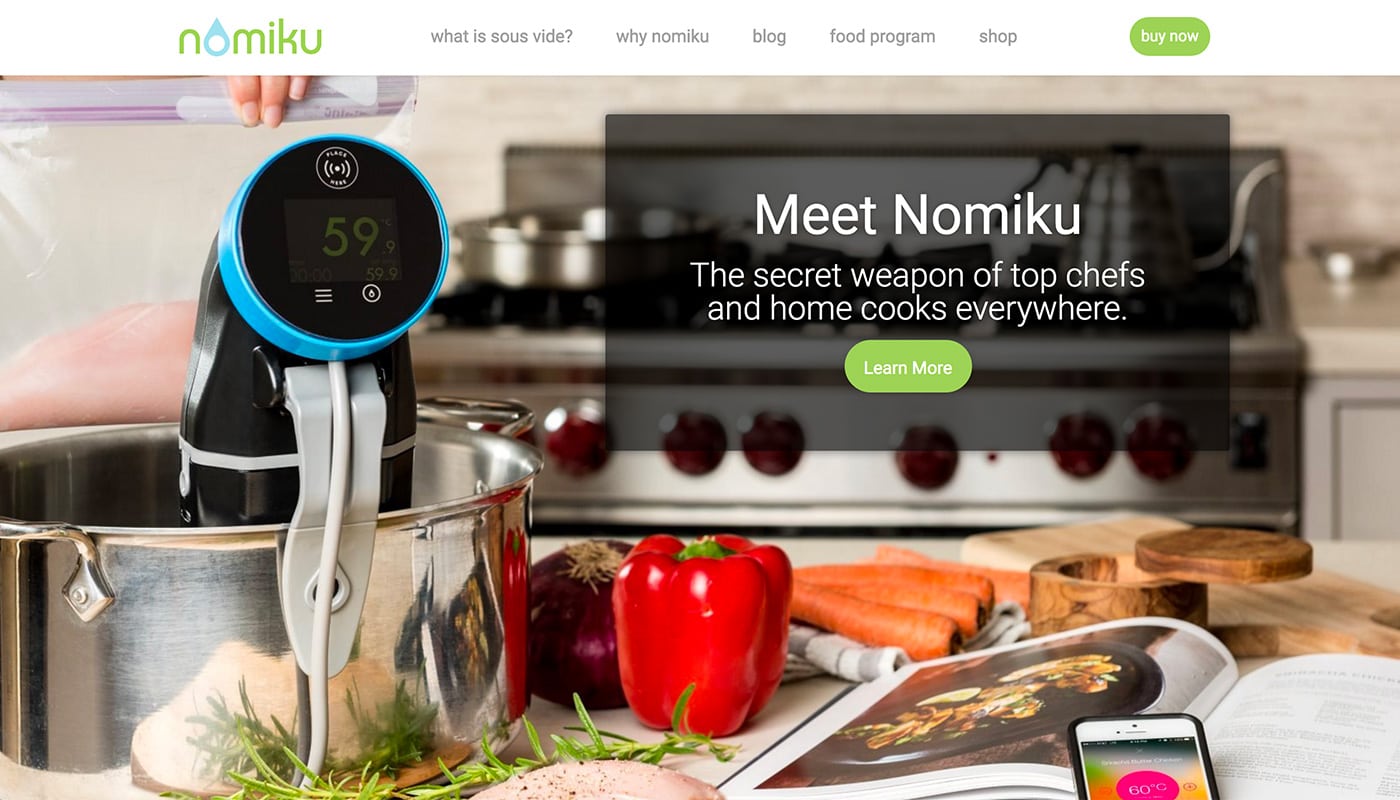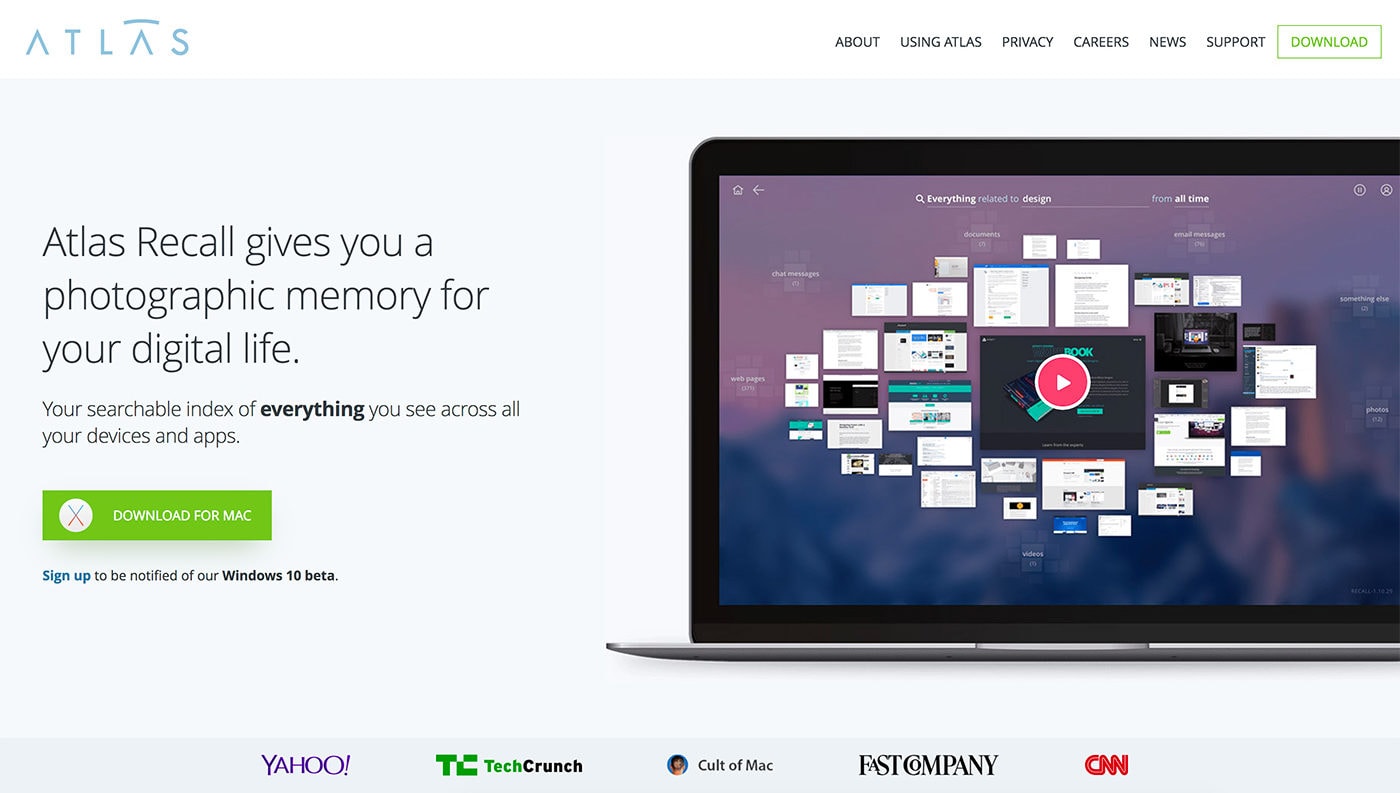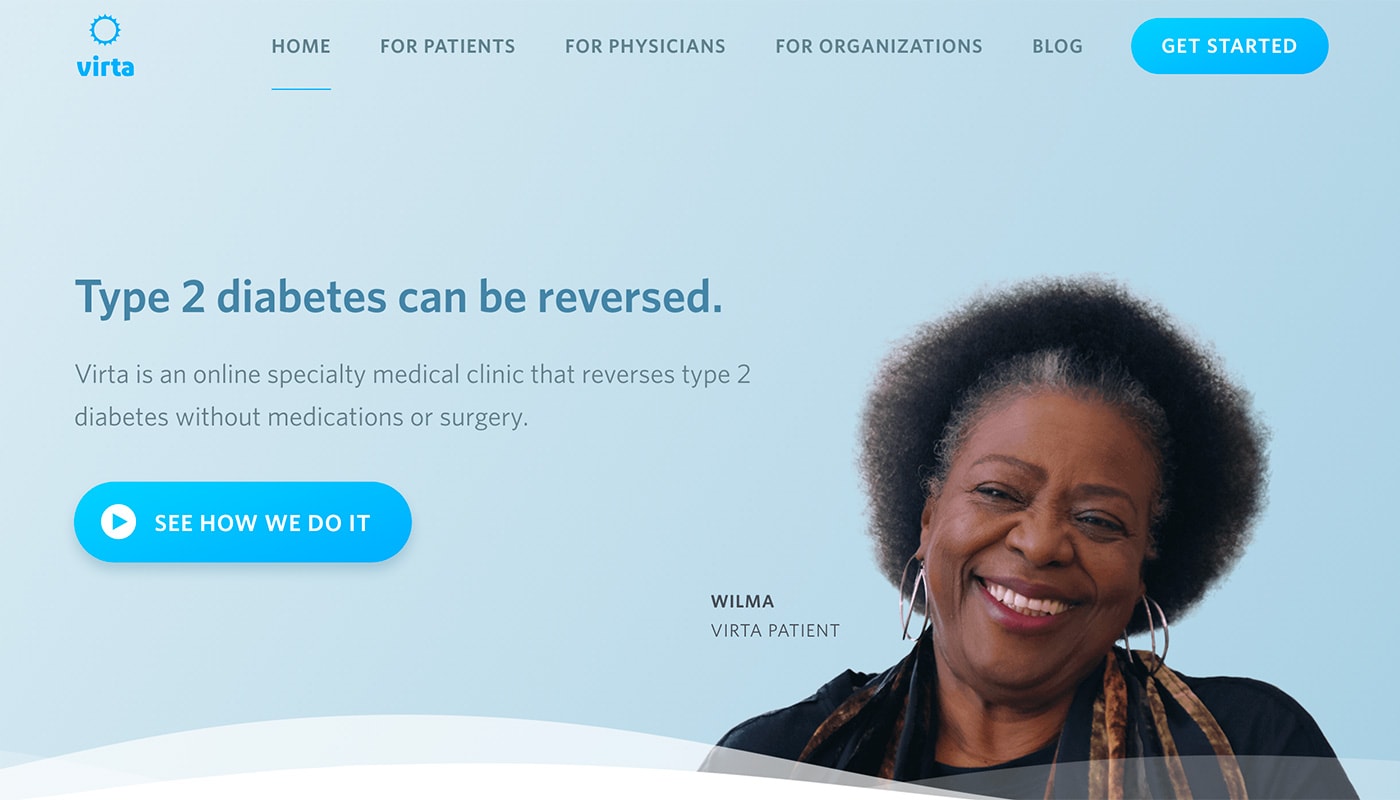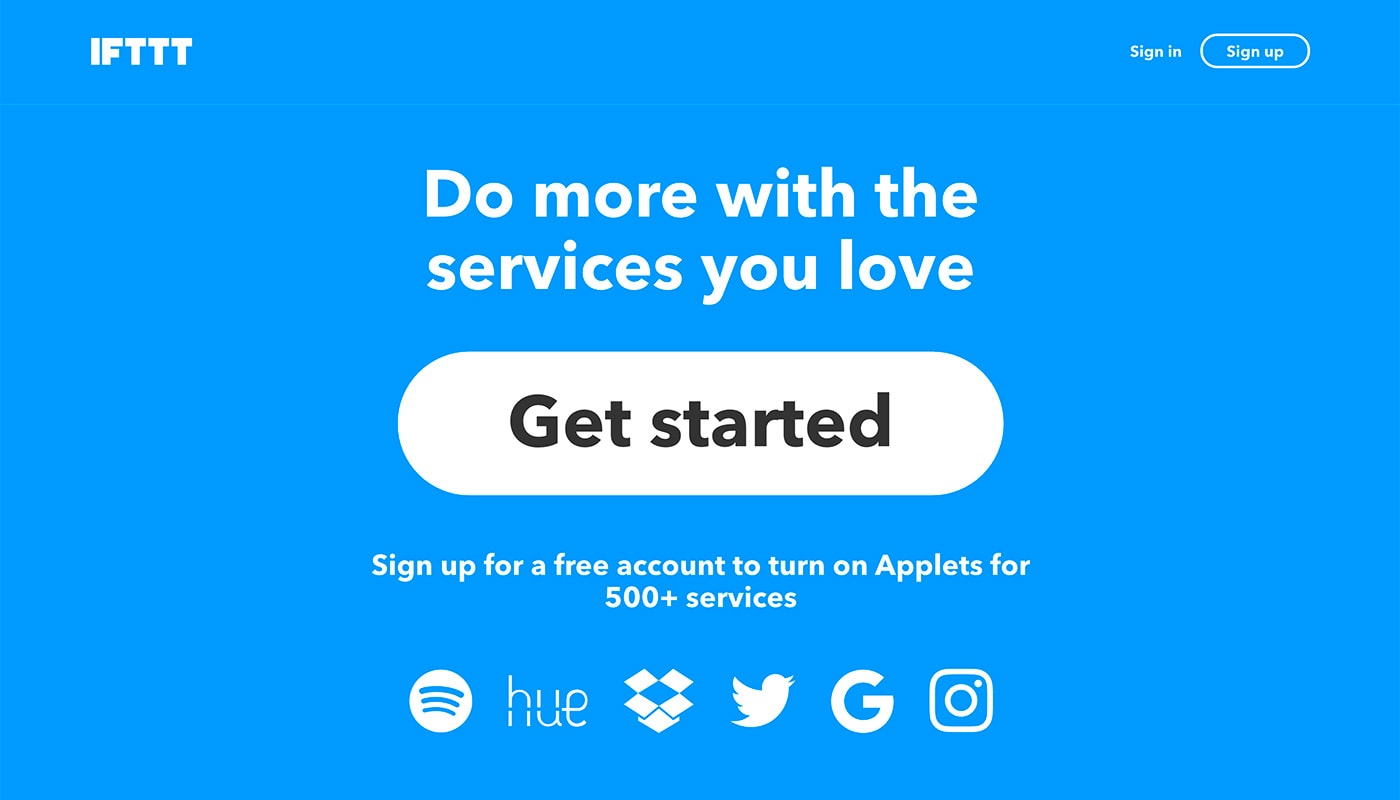What to Expect When Designing for Startups
Designing for startups can feel more like a whirlwind than an actual design project. The process can be a rough road to travel if you are not prepared for the full experience.
Thankfully, startups are realizing the need for effective web design and many are hiring professionals like you to get the job done correctly. Great design is becoming more and more important as business owners realize it is an integral component of their growth strategies.
What Startups Expect
For startups, great web design is more than just colors and buttons on a web page. It’s how they will reach their audience, sell their products, outperform their competition and grow their establishment. Startups do not always think in terms of complex code; they simply want a superior solution.
When you can find the union between what start-ups expect and what you know as great design, you will have a winning combination.
Wells Riley, a graphic, UX and interface designer, wrote a lengthy piece on the importance of design for startups. In it, he is speaking to startups directly.
Here is a statement from his article:
With Postcards Email Builder you can create and edit email templates online without any coding skills! Includes more than 100 components to help you create custom emails templates faster than ever before.
Free Email BuilderFree Email Templates“Companies like Apple are making design impossible for startups to ignore. Startups like Path, Airbnb, Square, and Massive Health have design at the core of their business, and they’re doing phenomenal work. But what is ‘design’ actually? Is it a logo? A WordPress theme? An innovative UI?…It’s so much more than that. It’s a state of mind. It’s an approach to a problem. It’s how you’re going to kick your competitor’s ass.”
Startups need stellar web designers whether they realize it or not. The design is the face of their company and it offers the first impression to their online audience.
The Key Elements of Design
In his piece, Wells identifies the key elements of design for startups. He attempts to elevate start-ups’ perspective on design and explain what it is and how it can help their establishments.
Wells lists what he feels are the true purposes of design. I summarized them below in my own words and quoted some of his statements. Do you agree with Wells?
- Innovative – Innovation in design is constantly moving in a forward direction. As technological development expands, innovative design should keep up with the momentum. According to Wells, “Innovative design always develops in tandem with innovative technology, and can never be an end in itself.”
- Product Usefulness – The usefulness of a product is identified by the psychological connection it brings as well as its aesthetic. Well, thought-out design highlights a product’s usefulness and is careful to ignore creating any elements that do not satisfy this goal.
- Aesthetic – A product’s aesthetic quality is a component of its usefulness. People use products daily and their appearance affects their well-being. According to Wells, only well-executed objects can be beautiful.
- Makes product understandable – Design makes the product come to life. It allows the product to speak and answers all of the user’s questions. Essentially, it is self-explanatory.
- Unobtrusive –Wells identifies design as neither a “work of art or a decorative object.” It fills a purpose and should be neutral so users can input their own form of self-expression. If design overwhelms and detracts from a user’s experience, even if it is beautiful, it has lost its true purpose.
- Honest – Design must be true and honest and never suggest a product is more innovative and powerful than it actually is. It should never manipulate a consumer nor make them think a product is something it is not.
- Long-lasting – Great design is not trendy. It lasts forever much like timeless fashion. It will never appear antiquated or behind its time.
- Thorough – A great design process must include attention to thoroughness and accuracy. A good designer will express care and respect towards the consumer by finishing a project while leaving nothing to chance.
- Environmentally friendly – According to Wells, “Design makes an important contribution to the preservation of the environment. It conserves resources and minimizes physical and visual pollution throughout the lifecycle of the product.”
For startups, the “less is more approach” is ideal. The design should focus only on the essentials and never be burdened with non-important elements just for the sake of beauty. Purity and simplicity will make more of an impact.
What do startups consider the most important qualities of design?
To answer this question, Wells asked 78 CEOs, marketers, and designers about how they define the design. What he found was that both parties viewed design similarly.
Below are the criteria Wells used to perform his research:
With Startup App and Slides App you can build unlimited websites using the online website editor which includes ready-made designed and coded elements, templates and themes.
Try Startup App Try Slides AppOther ProductsCEOs, marketers and engineers had similar definitions as compared to web designers. The most important to both groups was aesthetics, while “making a product useful” came in close second. Innovation was right behind in third. These three definitions topped the list for both entrepreneurs and the designers that create their websites.
Are these your top three?
According to Wells…
“Now we’re getting somewhere. Great design is taking root in startup culture, and it seems like many people are open to change. Not only do many entrepreneurs, devs, and engineers see substantial room to improve their own products, they overwhelmingly believe that designers belong on a founding team… Design is becoming a key differentiator for companies to acquire funding, press coverage, and loyal users.”
“For a long time, a pair of co-founders consisted of an executive and an engineer. It worked for Facebook, Microsoft, and Apple, just to name a few. These companies have excellent designers today, because it’s a necessity they can’t afford to ignore. It seems like design is becoming more and more prevalent in new startups as well “
How to Survive the Startup Design Process
To become successful working with startups, consider a few tips…
Quick Changes
When designing for startups, outline your objectives in detail along with your quote. Since the startup’s goals can change daily, if you don’t outline your fees appropriately, you will end up offering more of your time for less money than you are worth.
When startups change direction, the design may change in the process so if you are not set up to be paid for additional time, you could lose money.
Lay out the details of your services and include a clause defining the rates for any additional work beyond the confines of the project. I learned this lesson after working with a few startups on their website copy. They changed their minds partway through the project and because I had not set up my quote correctly, I ended up spending double the time I normally would without receiving any additional money.
Tip: This tip also applies to any project, but it is most important for startups due to the more chaotic environment.
Chaos
Design for startups involves problem-solving. Startups are faced with many dilemmas and chaos is often a common variable. With so many growing pains to endure, the environment can be somewhat indecisive. Your ability to stay calm throughout the process will work in your favor.
Low Budget
Many startups are bootstrapped and they try to make every penny count. Because their budgets are low, web designers working with startups often need to expand their skill sets to include user experience.
One of the goals of creating an effective web design for startups is to get a clear picture of who will be using their website or application. During your consultations, you will need to extract as much information as possible even if the client is not completely clear on its audience.
When designing websites, you must know the audience even if they are fictional. During your consultation, you want to understand the users’ potential behaviors, how they will use the site, what emotion they should feel while using the site, and what actions they should take. Every attribute you learn about your audience can be applied to the design to ensure your client receives a good level of conversions once the traffic pours in.
If your clients are unsure about their users, don’t be afraid to share your ideas with them. This will not only position you as an expert, but it will also make your design highly effective since this information is so crucial to online success.
When I meet with clients I ask them to fill out a detailed questionnaire. The questions are designed to probe the client for essential details about their target audience. Without this information, my website copy would be meaningless because it won’t stir an emotion or compel the user to remain on the website. In order to keep users on the site, I have to get inside their minds and know what makes them tick. What are their behaviors? Desires? Stresses? Problems?
Knowing this information about the target audience will give you the edge and allow you to create a high-converting design that aligns with the startup’s vision.
And even if that vision changes, you will be paid because you outlined your fees correctly in the contract!
Have you done any design work for startups? What has been your experience?
Here are some examples of start-up designs:
IFTTT
Clarifai
Clark
Nomiku

Atlas

Virta












